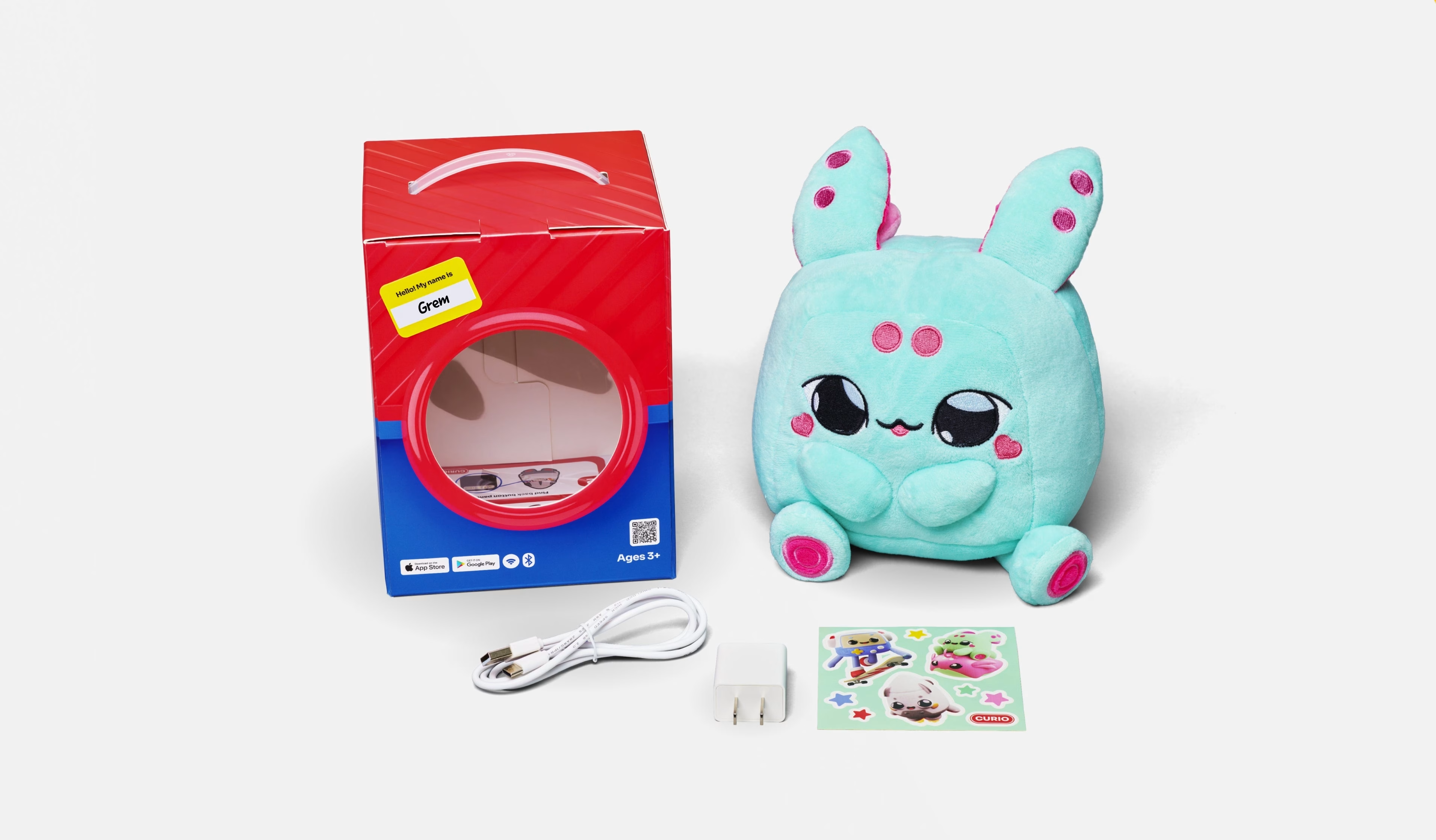The Next Generation of Play: AI-Powered Stuffed Animals Are Here
The teddy bear in your child's bedroom might soon be getting a major upgrade. Forget pre-recorded phrases and repetitive songs. A new wave of stuffed animals, powered by the same generative AI technology behind tools like ChatGPT, is beginning to hit the market. These aren't your '90s Furbys; they're conversational companions designed to listen, learn, and interact with children in real-time, creating a dynamic and personalized play experience that was pure science fiction just a few years ago.
This technological leap forward is being driven by startups and established toy giants alike, all racing to integrate Large Language Models (LLMs) into plush, kid-friendly packages. The goal? To create a friend, a tutor, and a storyteller all in one. But as these AI companions move from concept to reality, they're bringing a host of complex questions for parents about privacy, security, and the very nature of childhood development.
It’s a teddy bear that talks back. And really talks back.
Under the Hood: How Your Kid's Bear Got So Smart
So, what separates these new AI toys from the talking dolls of the past? The key difference is the brain. Instead of a simple chip with a few dozen recorded lines, these toys are essentially gateways to powerful AI models in the cloud.
Here’s the basic breakdown:
- The Ears: A microphone embedded in the toy is always on or easily activated, listening for a child's voice.
- The Connection: The captured audio is sent over a Wi-Fi connection to a server.
- The Brain: On that server, a sophisticated LLM processes the child's words, understands the context, and generates a unique, relevant response.
- The Voice: That response is sent back to the toy and played through a speaker.
This entire process happens in a matter of seconds, creating the illusion of a seamless conversation. Unlike older toys that could only respond to specific trigger words, these AI animals can discuss the color of the sky, make up a story about a dragon who loves tacos, or even help with homework. The conversation is fluid and, in theory, limitless. But that constant connection to the internet, and the data it transmits, is exactly where the concerns begin to mount.
The Double-Edged Sword: Companion vs. Data Collector
The potential benefits of these AI-powered stuffed animals are undeniably appealing. For a child struggling with reading, a bear that can patiently read stories aloud and answer questions could be a game-changer. For a lonely child, a conversational friend who is always available could offer comfort. Proponents argue these toys can foster creativity, aid in language development, and provide personalized education tailored to a child's specific needs and interests.
And yet, for every potential upside, there's a significant, looming downside.
The Privacy Predicament
The most immediate red flag for parents and privacy advocates is data collection. These devices are, by their very nature, listening devices placed in the most private of spaces—a child's bedroom. This raises critical questions:
- Where are the recordings of my child's voice being stored?
- Who has access to this data? The toy company? Third-party AI providers?
- How is this data being used? Is it just to improve the service, or is it being used to build a marketing profile of my child?
- How secure are these systems from hackers?
The Children's Online Privacy Protection Act (COPPA) in the U.S. sets strict rules for how companies can handle data from children under 13. However, the sheer volume and sensitivity of the data collected by conversational AI toys present a new level of challenge to this regulatory framework. A breach could expose not just a child's name or age, but their innermost thoughts, fears, and daily conversations.
The Developmental Dilemma
Beyond data privacy, child psychologists are raising concerns about the potential impact on social and emotional development. Are we teaching children to form bonds with algorithms? If a child gets used to a perfectly patient, agreeable AI companion, how will that affect their ability to navigate the complexities of real human friendships, which involve conflict, misunderstanding, and compromise?
There's also the risk of emotional manipulation. An AI could, intentionally or not, shape a child's opinions or desires. It's not a huge leap from telling a story to suggesting a child ask their parents for a specific new toy or snack food advertised by the company. The line between a helpful friend and a highly personalized marketing channel has never been blurrier.
What's Next in the AI Nursery?
Despite the concerns, the trend is undeniable. We're going to see more of these products, not less. The technology is becoming cheaper and more accessible, and the potential market is massive. For parents, this means a new layer of digital literacy is required when shopping in the toy aisle.
Before bringing an AI companion home, the onus will be on caregivers to become investigators. They'll need to read privacy policies carefully, understand what data is being collected, and look for products that offer robust parental controls, such as the ability to review and delete data.
The conversation around AI-powered stuffed animals is just beginning. They represent a fascinating, and slightly unsettling, frontier in the intersection of technology and childhood. They promise a world of personalized learning and companionship, but they also demand a level of vigilance from parents and regulators that we're still learning to apply. The future of the teddy bear is here, and it’s complicated.
